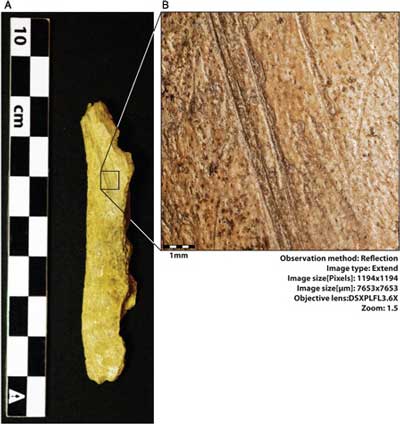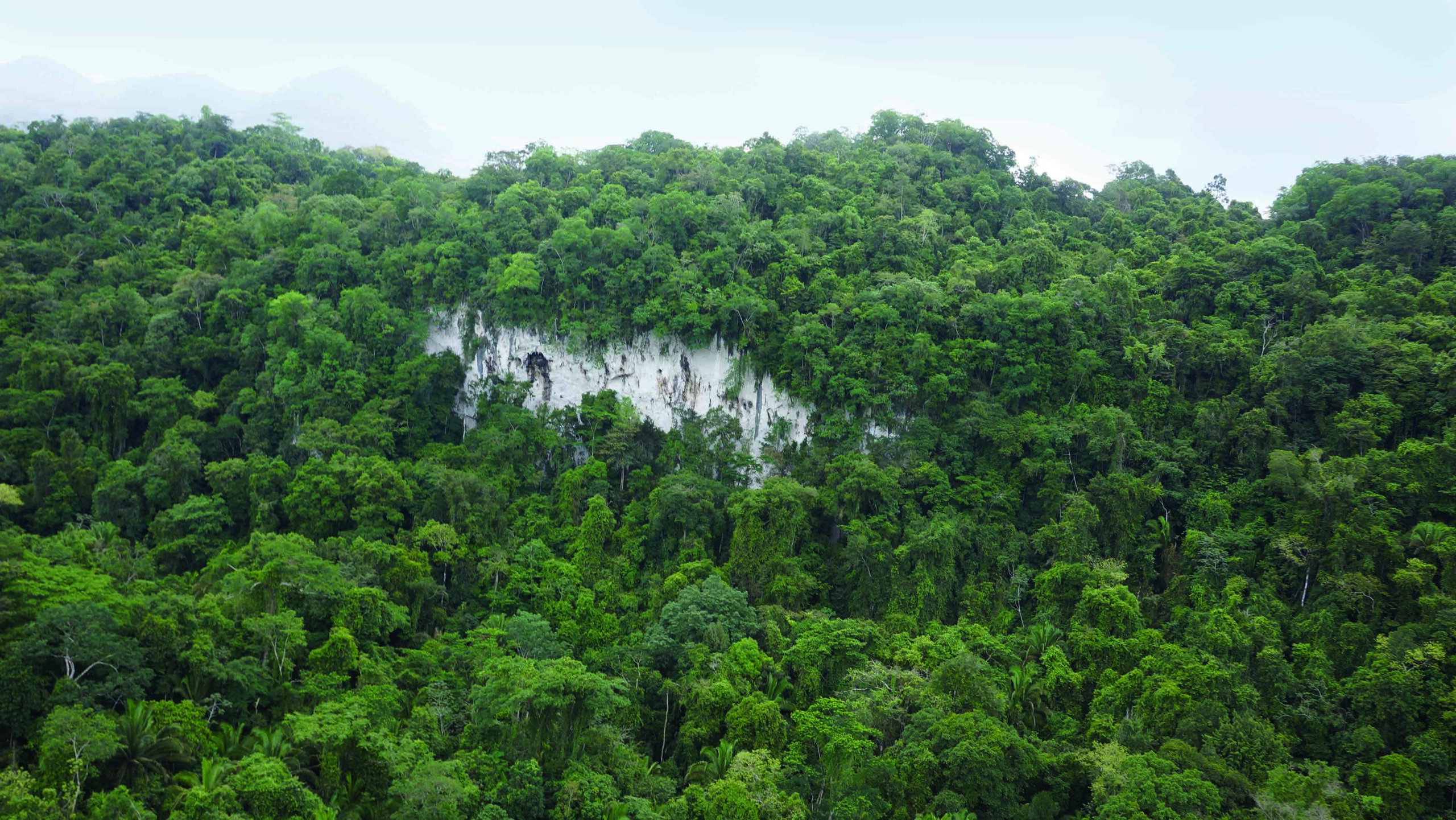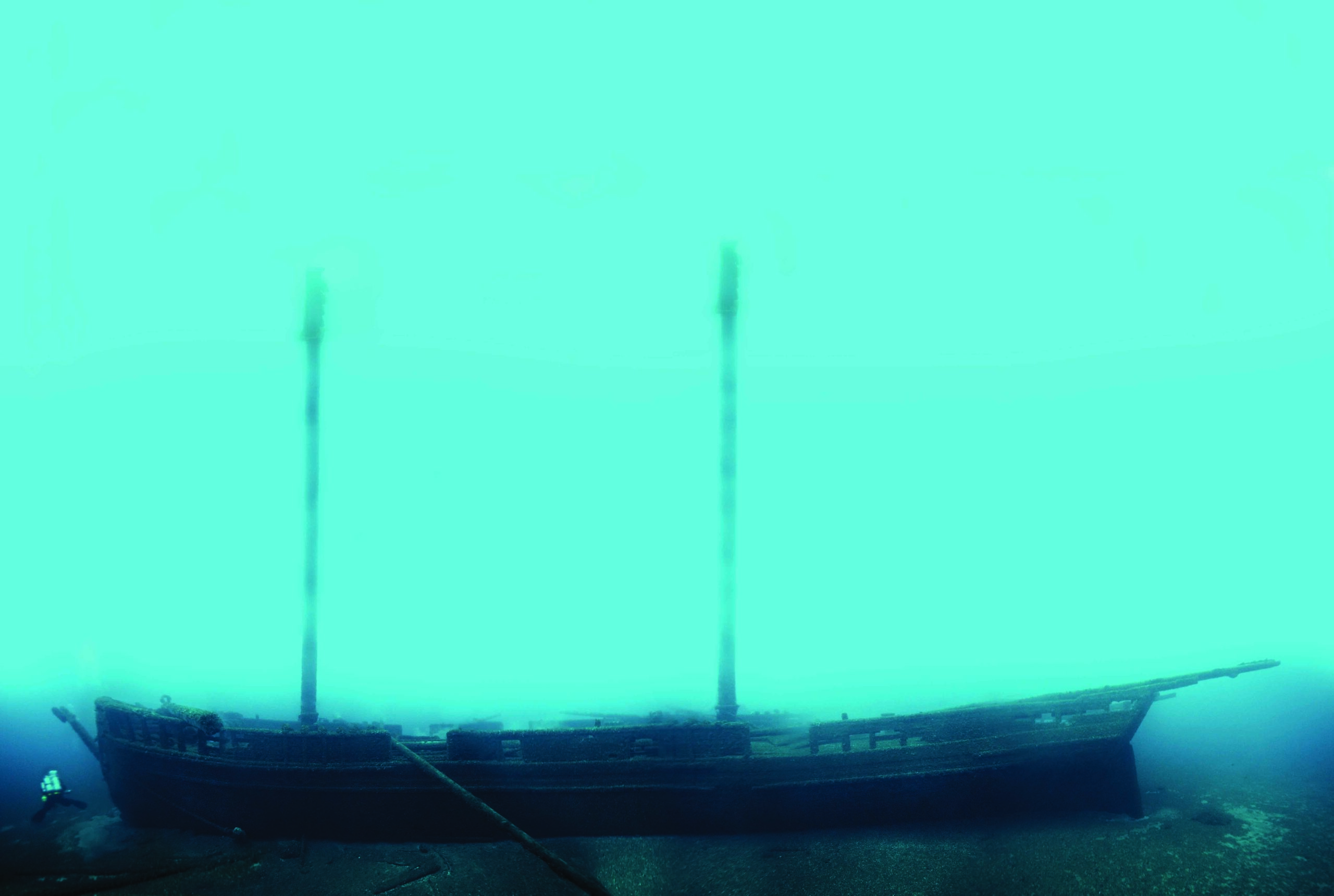
MONTRÉAL, CANADA—Lauriane Bourgeon of the University of Montréal used a stereomicroscope to examine more than 5,000 bone fragments from Cave 2 of the Bluefish Caves site, which is located near the Alaska-Yukon border. The bones were discovered in the late 1970s, and are covered with deep scrapes and sharp gouges usually associated with human tool use, but the samples produced radiocarbon dates as much as 25,000 years old. “The history of the Bluefish Caves has been controversial for a very long time because of the hypothesis that modern humans were occupying the site at around 25,000 years ago,” Bourgeon told Western Digs. She concluded that the majority of the marks on the bones were made by scavenging carnivores, but at least two of the bones have deep, straight, parallel marks indicating that the animals were butchered by humans. “That is typically the mark of a stone tool used to de-flesh or disarticulate a carcass,” she said. The fragmentation of the bones could be a sign of processing by humans as well. “Humans…used hammer stones to break the shaft and extract its marrow. They could also break the epiphysis [the rounded end of a long bone], to boil them extract the grease,” she explained. Bourgeon expects that new radiocarbon dates will place the bones between 10,000 and 14,000 years old, a range of dates similar to those of other well-documented sites in the region. To read about the first people to reach the New World, see "America, in the Beginning."









